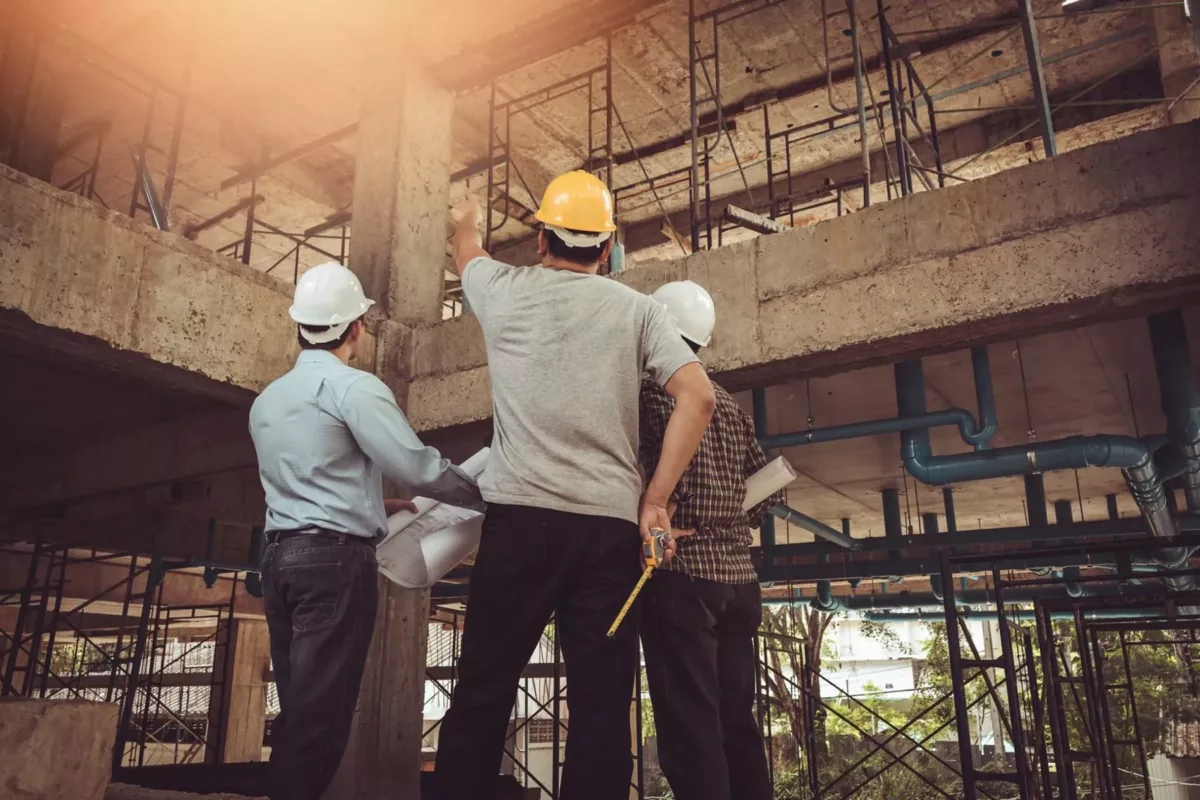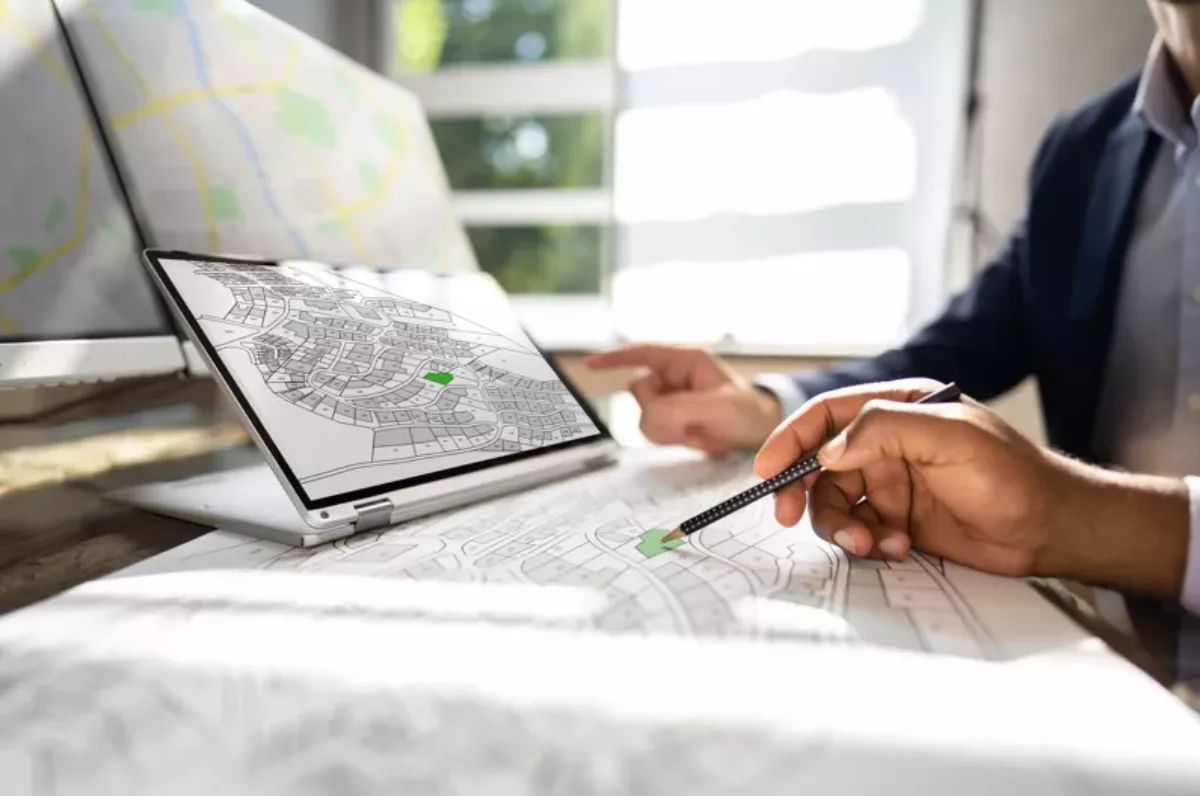RICS says that despite the growth of automation globally, there is no universally agreed definition of ‘AVM’ but in its consultation paper, the organisation states:
“Automated Valuation Models use one or more mathematical techniques to provide an estimate of value of a specified property at a specified date, accompanied by a measure of confidence in the accuracy of the result, without human intervention post-initiation.”



